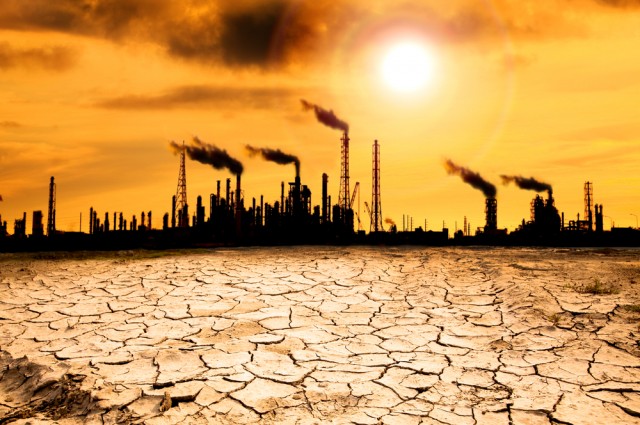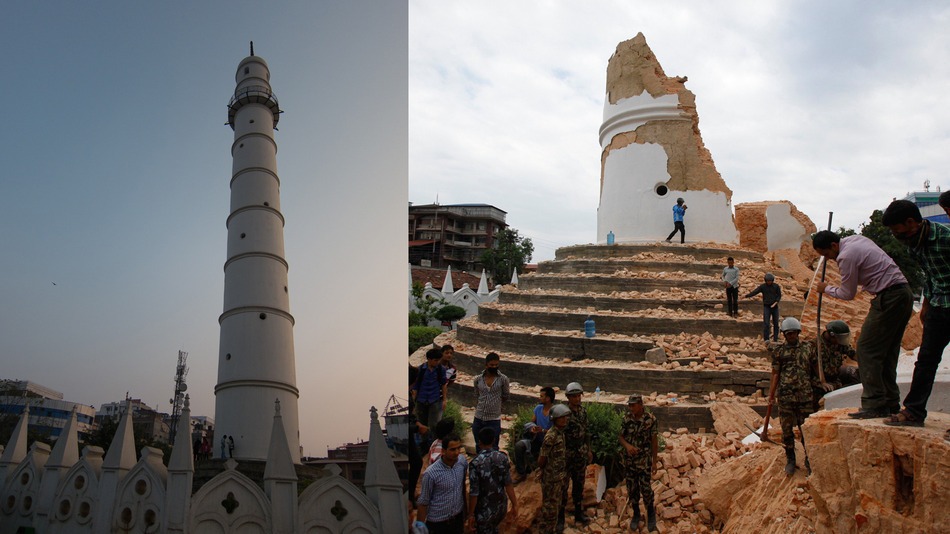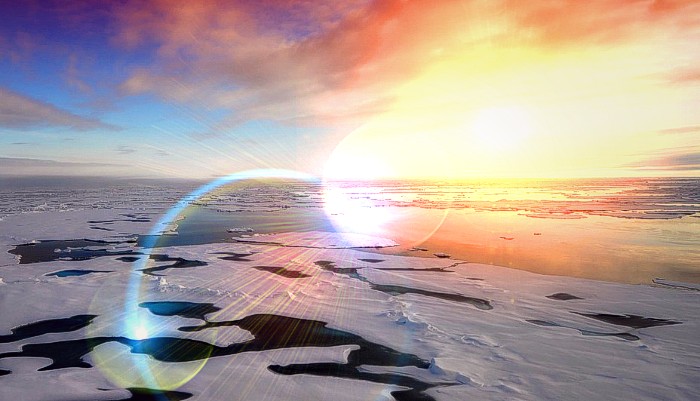
Recent discoveries have compelled scientists to believe that shifting glaciers may well result in earthquakes. There has been quite a buzz going on in and around the geoscience fraternity about this, and the base of their conclusion is quite intriguing.
Though temperatures on the day of an earthquake do not suggest anything significant in terms of causing tremors, they represent the overall climatic condition and what has changed. The average temperature of the region is likely to increase by up to 5.8 F by the end of the 21st century. Temperatures on the day of the events are just to highlight the accumulated situation.
Let us consider a time-frame of the earthquakes that have taken place in the Indian subcontinent and surrounding regions over the past 16 months. The first major of these would be the one that shook Nepal on April 25, 2015. The highest recorded temperature for Kathmandu (80 miles away from the epicenter) was 85 F.

For our readers across the world, this is a relatively cold country in the Indian subcontinent, and the highest recorded temperature ever in Kathmandu was close to 95 F, in June, that same year.
Tremors of even the aftershocks were felt across the eastern and northern part of the subcontinent. The next major earthquake happened on the same fault line, 11 miles away from Kodari, in the month of May. Just a tad less in magnitude, this earthquake took place on a day when the temperature was about 87 F.
A relatively low placed on the Richter scale earthquake took place in Malaysia in June, 2015. The highest recorded temperature on the day was about 93 F.
Now, an argument can be raised as to why these earthquakes did not occur closer to the date of the highest temperature recorded that year (23rd June). Well, the Himalayas didn’t well up in a day.
The June, 2015 earthquake in Indonesia also took place during a warmer part of the year (precise correlated data could not be found).
The recent tremors in Afghanistan are just as big an example as the others. It is true that a mere statistical analysis can not explain natural phenomenon. So, let us seek some natural scientific explanation — after all, there has got to be some.
In order to assess this, one must know that the melting of the glaciers can not be and are not the immediate cause of earthquakes. However, moving glaciers as a result of melting can cause it. When a huge mass is displaced on the surface of the earth, there is a rapid decompression underneath.
Prof. Roland Burgmann of the Department of Earth and Planetary Science at the University of California in Berkeley, claims that this phenomenon may well have hurried the Nepal earthquakes, if not cause them directly.
Prof. Bill Maguire’s — University College London — study reveals a historical relation between man-induced climate changes and a “geological havoc” in the form of earthquakes, tsunamis and volcanic eruptions.
This notion gained some recognition after the 1979 earthquake in Alaska, when it was noted that the glaciers in the fault area had thinned rapidly over the past 80 years.

Global warming/climate change may not be the immediate cause for other calamities, but it sure does account for some of them. The fact that one major or a collective of smaller glacier displacement at the same time can result in widespread tremors is frightening indeed.
Scientists believe that fault lines or epicenters may not make any sense, if that happens. It should suffice to say that 2015 was by far the warmest year ever recorded, and the fact that a substantial number of earthquakes happened during its course is not a mere coincidence.











